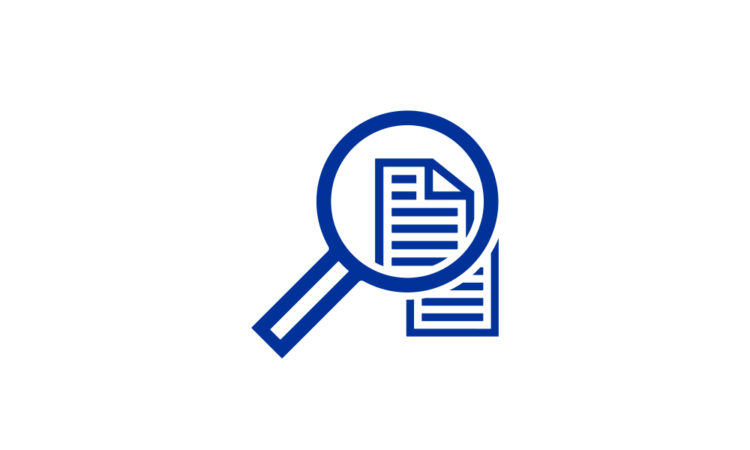
Macroprudential measures aim to increase the financial system’s resilience to shocks by addressing identified systemic risks. Macroprudential authorities monitor the financial system, identifying risks and vulnerabilities, and implement measures to ensure financial stability.
Under the SSM Regulation (Council Regulation (EU) No 1024/2013), the ECB is responsible for assessing macroprudential measures adopted by national authorities in the countries subject to ECB Banking Supervision.
If necessary to address risks to financial stability, the ECB has the power to apply more stringent measures than those adopted nationally. These powers are based on Article 5 of the SSM Regulation and Article 13(h) of the Rules of Procedure of the ECB (ECB/2014/1) (OJ L 95, 29.3.2014, p. 56)
Measures taken by macroprudential authorities in countries subject to ECB Banking Supervision since 19 October 2023
Last update: 5 January 2024
Countercyclical capital buffer
In December 2023 Latvia decided to increase the CCyB from 0% to 1%. The increase will take effect gradually: 0.5% from 18 December 2024 and 1.0% from 18 June 2025.
In December 2023 Slovenia decided to increase the CCyB from 0.5% to 1%. The increase will take effect from 01 January 2025.
Sectoral systemic risk buffer
In November 2023 Portugal decided to introduce a sectoral systemic risk buffer of 4% for retail exposures to natural persons secured by residential real estate located in Portugal granted by institutions using the internal ratings-based approach. The measure will become effective on 01 October 2024.
In December 2023 Slovenia decided to recalibrate the sectoral systemic risk buffer for retail exposures to natural persons secured by residential property from 1% to 0.5%. The measure will become effective on 01 January 2025.
Other systemically important institutions (O-SIIs) – capital buffers
In October 2023 Greece concluded its annual reassessment of O-SII buffers, leading to an increase in the buffer rate for one O-SII. All amendments will be fully phased-in as of 01 January 2024.
In November 2023 Bulgaria concluded its annual reassessment of O-SII buffers, leading to the removal of two institutions from the list of O-SIIs. The buffer rates for the remaining institutions remained unchanged.
In November 2023 Ireland concluded its annual reassessment of O-SII buffers, leading to the designation of one additional O-SII and the removal of another one from the list of O-SIIs.
In November 2023 Croatia concluded its annual reassessment of O-SII buffers, leading to changes in the buffer rates for four of the existing O-SIIs. All amendments will be fully phased-in as of 01 January 2024.
In November 2023 Portugal concluded its annual reassessment of O-SII buffers, leading to the designation of one additional O-SII and to a change in the buffer rate for one existing O-SII. Amendments will be phased-in as of 01 January 2024 for institutions which were already identified as O-SIIs, while for the newly identified O-SII the increase will be implemented in two equal steps on 01 July 2024 and on 01 July 2025.
In December 2023 Germany concluded its annual reassessment of O-SII buffers, leading to the designation of one additional O-SII and to increases in the buffer rates for two of the existing O-SIIs. All amendments will be fully phased-in as of 01 January 2024.
In December 2023 Italy concluded its annual reassessment of O-SII buffers, leading to the designation of four additional O-SIIs and to increases in the buffer rates for three of the existing O-SIIs. Amendments will be phased-in as of 01 January 2024 for institutions which were already identified as O-SIIs, while for the newly identified O-SIIs the increase will be implemented in two equal steps on 01 January 2024 and 01 January 2025.
In December 2023 Austria concluded its annual reassessment of O-SII buffers, leading to the designation of one additional O-SII and to changes in the buffer rates for nine of the existing O-SIIs. All amendments will be fully phased-in as of 01 January 2024 for existing O-SIIs. For the newly designated O-SII the relevant buffer rate will be implemented via a two-step approach, with the first step being implemented as of 01 January 2024.
In December 2023 Latvia concluded its annual reassessment of O-SII buffers, leading to a change in the buffer rate for one O-SII. All amendments have been fully implemented since 18 December 2023.
In December 2023 Lithuania concluded its annual reassessment of O-SII buffers, leading to an increase in the buffer rate for one O-SII. All amendments will be fully phased-in as of 01 July 2024.
In December 2023 Luxemburg concluded its annual reassessment of O-SII buffers, leading to a reduction in the number of O-SIIs from six to five institutions and to an increase in the buffer rate for one O-SII. All amendments will be fully phased-in as of 01 January 2024.
In December 2023 Slovenia concluded its annual reassessment of O-SII buffers, leading to an increase in the buffer rate for three O-SIIs. All amendments will be fully phased-in as of 01 January 2025.
Global systemically important institutions – capital buffers
In December 2023 Italy removed one institution from the list of G-SIIs. However, the concerned institution has been identified as an O-SII and will therefore have to maintain an O-SII buffer of 1.5 percent starting on 01 January 2024.
Article 124(2) of the Capital Requirements Regulation (CRR)
In December 2023 Latvia recalibrated the risk weight requirement under the standardised approach for exposures fully and completely secured by mortgages on commercial immovable property from 100% to 80%. The measure will become effective on 01 June 2024.
All implemented macroprudential measures that the ECB has been notified of in countries subject to ECB Banking Supervision
Below is a list of all the macroprudential measures that the ECB has been notified of and that have been implemented or publicly announced in countries subject to ECB Banking Supervision.
Overview of measures that the ECB has been notified of under Article 5 of the SSM Regulation last update: 18 January 2024






